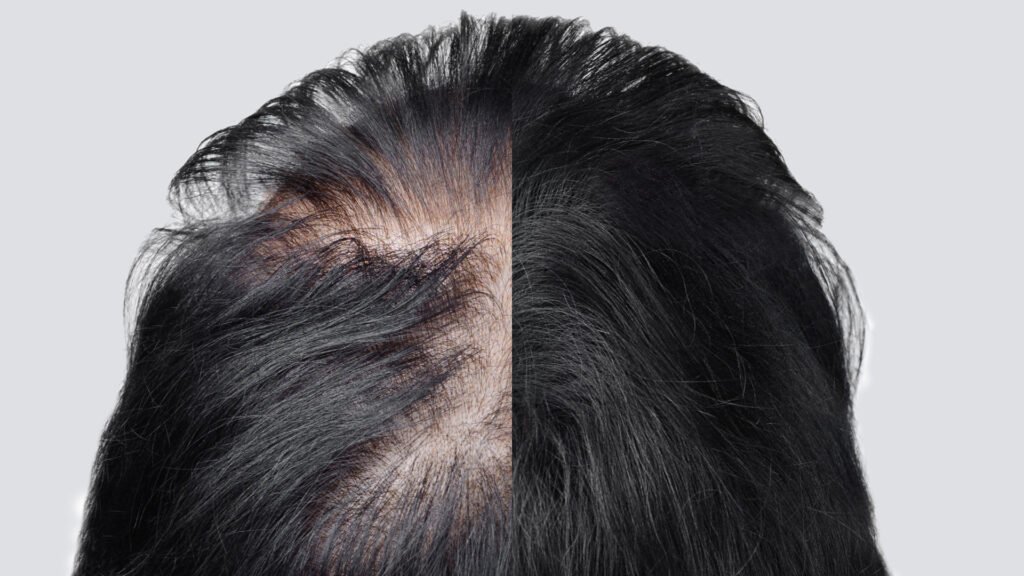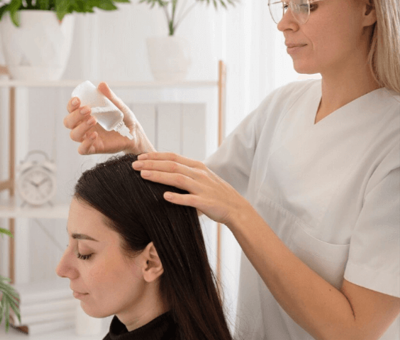Stem cell hair therapy has become a popular treatment option for hair loss worldwide, especially in South Korea where advanced regenerative medicine techniques are widely available. For international patients traveling to Korea for this procedure, one common question arises: Are follow-up visits necessary after stem cell hair therapy?
Korean hair restoration specialists emphasize that follow-up care is a vital part of achieving the best long-term results. Here’s a detailed look at why follow-ups matter, what they typically involve, and how international patients can manage them.
1. Why Follow-Up Visits Are Important
- Monitoring Hair Growth Progress: Hair regrowth from stem cell therapy is a gradual process that unfolds over several months. Follow-up appointments allow doctors to track hair follicle response and overall improvement.
- Assessing Treatment Effectiveness: Not all patients respond identically. Follow-ups help identify if additional treatments or complementary therapies (such as PRP or medications) are needed to optimize outcomes.
- Managing Side Effects and Complications: Although stem cell therapy is generally safe, follow-up visits ensure any redness, swelling, or unexpected reactions are promptly addressed.
- Adjusting Personalized Care Plans: Hair loss patterns may change or new concerns may arise. Regular check-ins enable doctors to tailor ongoing treatment and maintenance strategies.
2. Typical Follow-Up Schedule Recommended by Korean Clinics
- Initial Follow-Up: Usually scheduled 2 to 4 weeks after the procedure to assess the injection sites, initial healing, and patient comfort.
- Subsequent Visits: Additional follow-ups at 3 months, 6 months, and sometimes 12 months post-treatment are common. This timeline aligns with hair growth cycles and stem cell activity.
- Long-Term Monitoring: Depending on the patient’s condition, annual or biannual follow-ups might be recommended to maintain results or apply booster treatments.
3. How International Patients Can Manage Follow-Ups
- In-Person vs. Remote Consultations:
- In-Person Visits: Korean doctors encourage international patients to schedule at least the initial follow-ups in person, especially the first one, to ensure proper assessment.
- Telemedicine Options: For subsequent check-ins, many Korean clinics offer virtual consultations via video calls, allowing patients to share progress photos and discuss concerns without returning to Korea.
- Coordinating With Local Specialists:
- Korean doctors often work alongside patients’ local dermatologists or hair specialists for ongoing monitoring and supplementary treatments.
- Documentation and Communication:
- Clinics provide detailed reports and treatment summaries to patients, which can be shared with healthcare providers in their home country.
4. What Korean Doctors Advise International Patients
- Plan Your Stay to Include Initial Follow-Up: Doctors recommend scheduling enough time in Korea to attend the first follow-up visit, typically within 1 month post-treatment.
- Commit to a Maintenance Program: Hair regrowth therapy is a journey, not a one-time fix. Patients should be ready for periodic assessments and possible booster treatments to sustain results.
- Maintain a Healthy Lifestyle: Doctors stress that factors like nutrition, stress management, and scalp care contribute significantly to therapy success between follow-ups.
5. Benefits of Follow-Up Visits
- Enhanced treatment efficacy through timely adjustments.
- Early detection and management of any side effects.
- Psychological reassurance and motivation as patients see progress.
- Strengthened patient-doctor relationship for personalized care.
🏁 Final Summary
While stem cell hair therapy in Korea can yield impressive results, follow-up visits are crucial for monitoring progress, ensuring safety, and maximizing treatment benefits. Korean doctors emphasize that international patients should ideally attend initial follow-ups in person and leverage telemedicine for ongoing care. With proper follow-up protocols, patients can enjoy sustained hair regrowth and a satisfying treatment experience.




